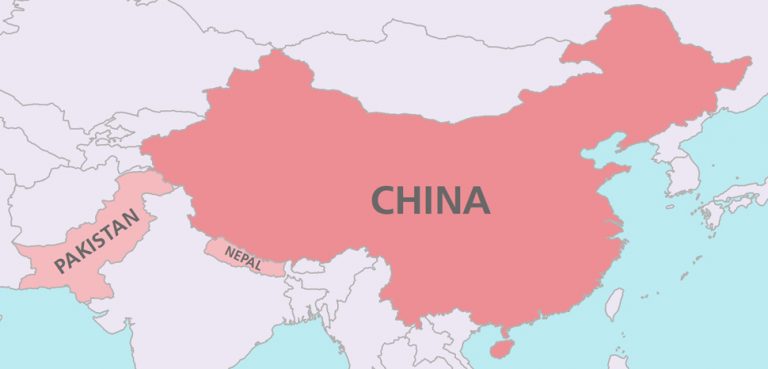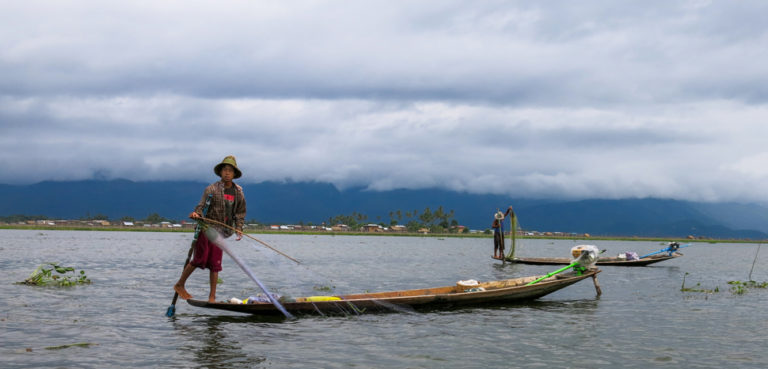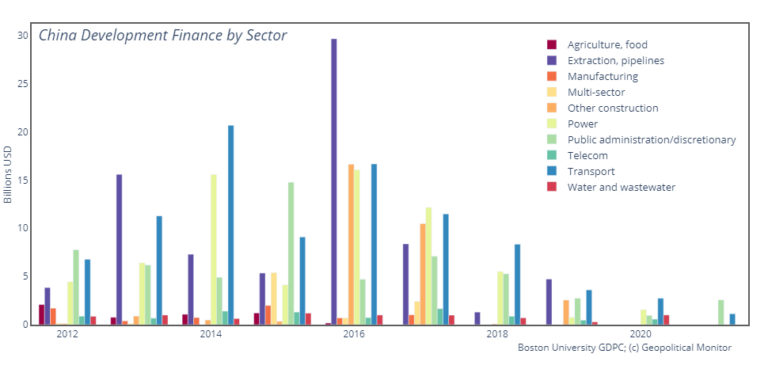Over the past decade, China’s Belt and Road Initiative (BRI) investments in Myanmar have focused on the development of the China-Myanmar Economic Corridor (CMEC), a major infrastructure project designed to connect China’s Yunnan Province to the Indian Ocean via Myanmar. The corridor includes roads, rail links, pipelines, and the upgrading of the Kyaukpyu deep-water port in the Bay of Bengal. The Chinese authorities have remained enthusiastic about CMEC because the corridor has the potential to improve trade efficiency, boost China’s geopolitical influence, elbow out potential competitors such as the United States and India, and enhance China’s energy security by offering an alternative route for oil imports (a partial solution to China’s ‘Malacca Dilemma’).
The overriding geopolitical imperative here is not securing access to cheap resources, as there are plenty of critical mineral and energy hubs at other legs of BRI. Rather, the key prize of CMEC is gaining meaningful direct access to the Indian Ocean so as to diversify China’s sea lines of communication (SLOC) in the short-term and project maritime power westward in the medium-term. In this, the China-Myanmar Oil and Gas Pipeline, running from the Kyaukpyu port on Myanmar’s west coast to China’s Yunnan Province is the key strategic feature of CMEC, as it would allow energy imports from the Middle East to bypass the Malacca Strait in the event of a US Navy blockade.




